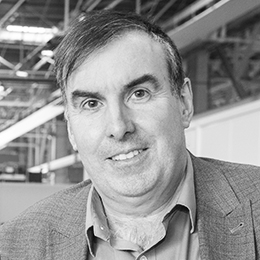EMISSIONS AT 35,000ft
A raw statistic like air transport accounting for 1.9% of global CO2eqs doesn’t tell the whole story. Emissions at 35,000ft affect the planet differently to those released at sea level, yet data doesn’t reflect this. While just three years ago, airlines were touting ”sustainability” initiatives such as removing paper inflight magazines or using more efficient light bulbs – basically rounding errors compared to fuel. The biggest change in recent years: jet fuel’s contribution to climate change is now a mainstream topic, with SAF’s potential recognized.
But this increased attention has had some second-order effects, not all positive. Under CORSIA – an attempt to define a global aviation emissions reduction scheme – the cost of offsets to ”decarbonize” a transatlantic ticket is estimated at USD 3, when the reality is closer to USD 60. With offsets forecast to be a far bigger part of Net Zero’s balance sheet than SAF by 2050, that’s a problem – and the USA’s recent Inflation Reduction Act may make things worse for a time, with its web of tax breaks and incentives distorting things further.


